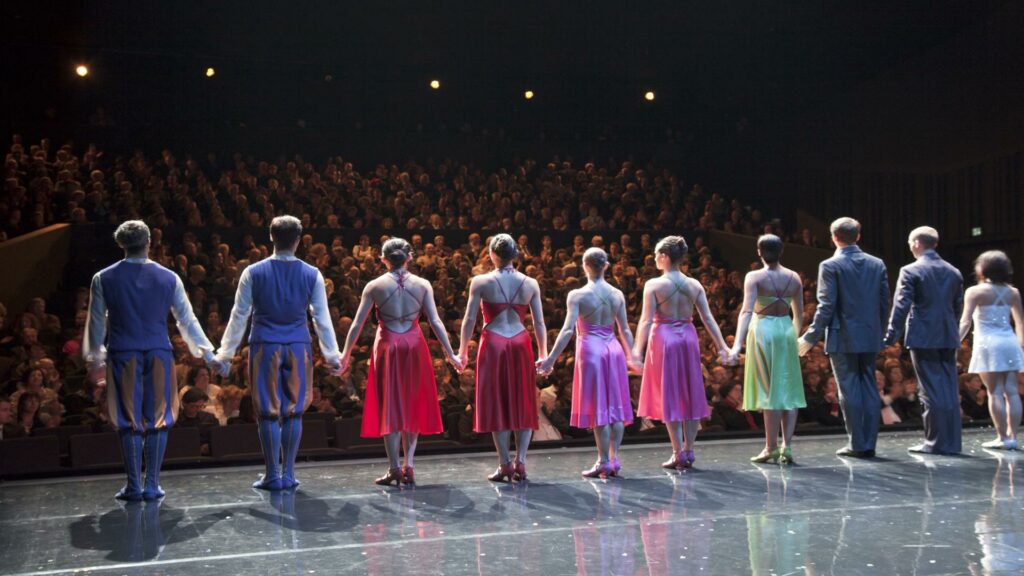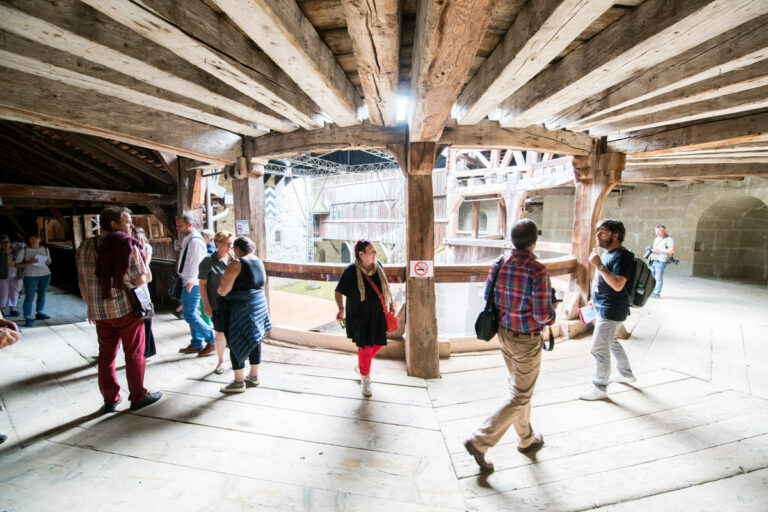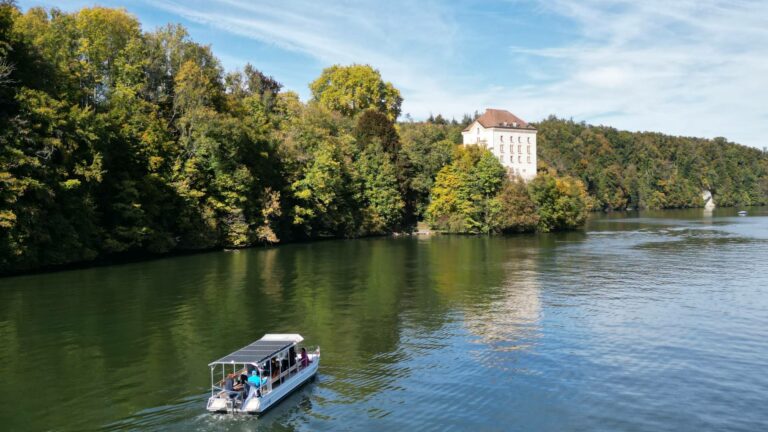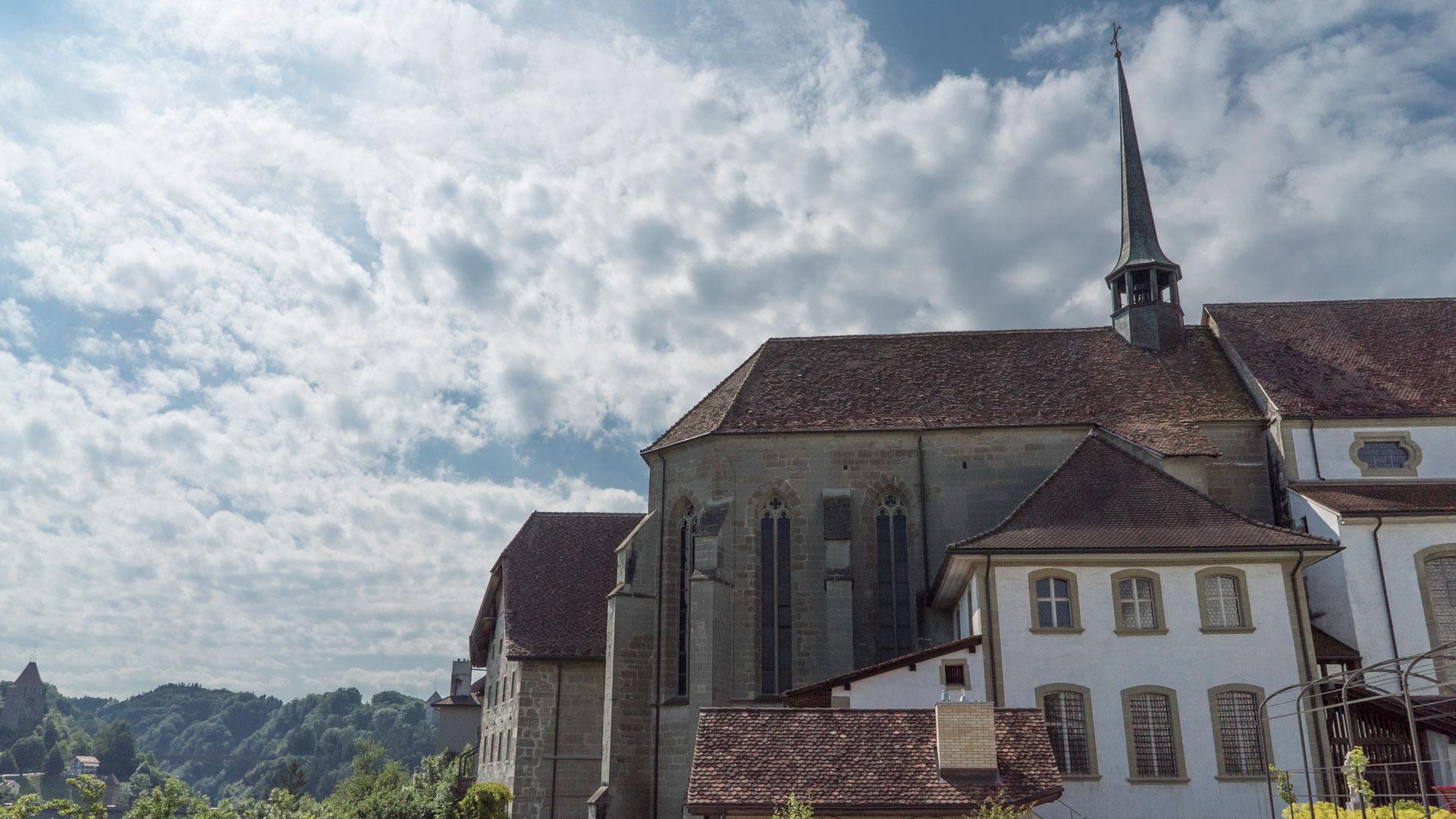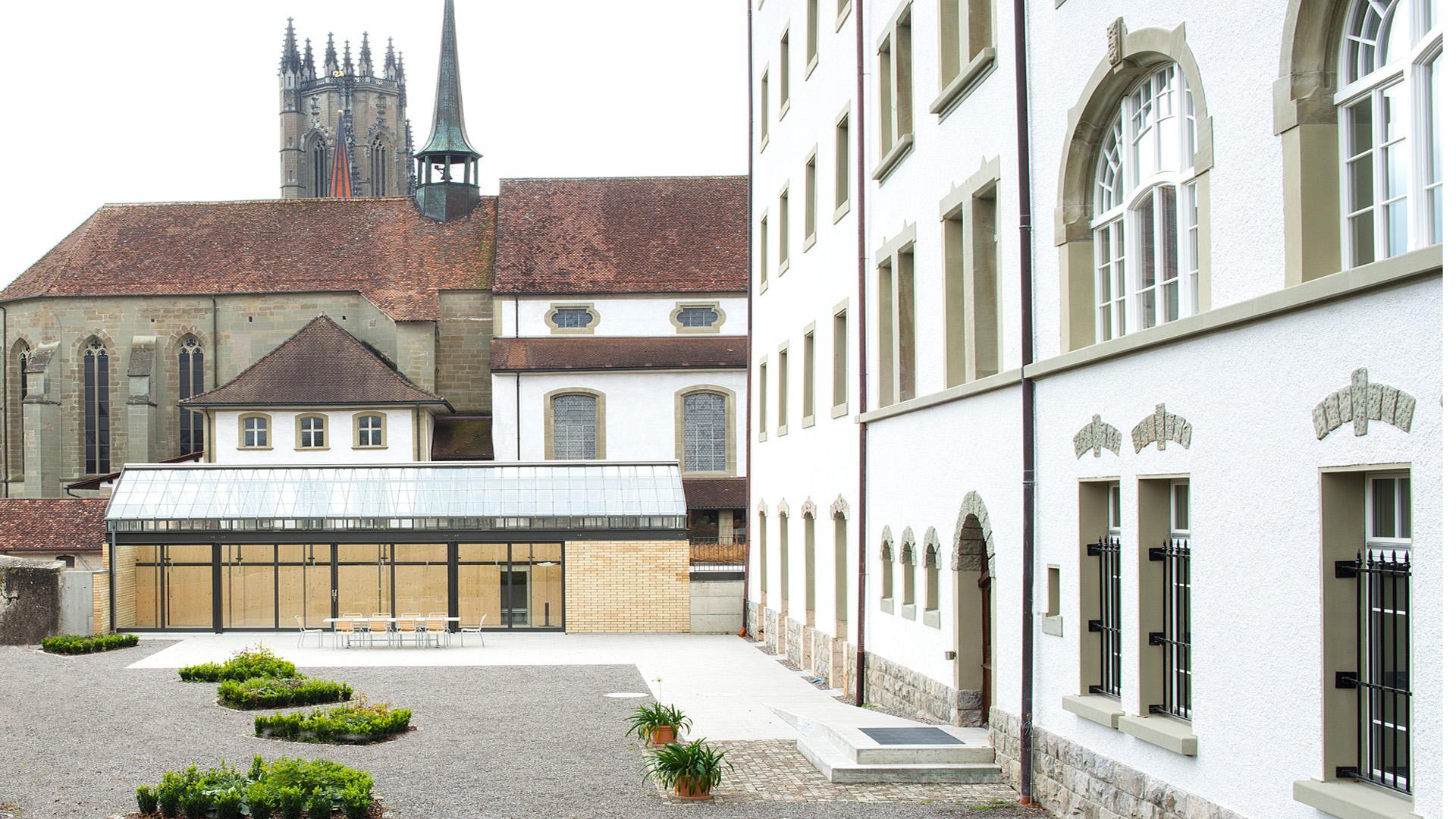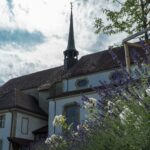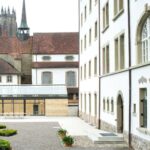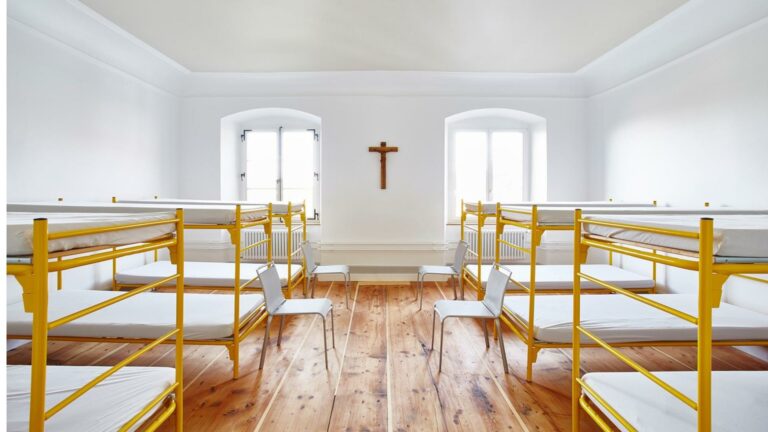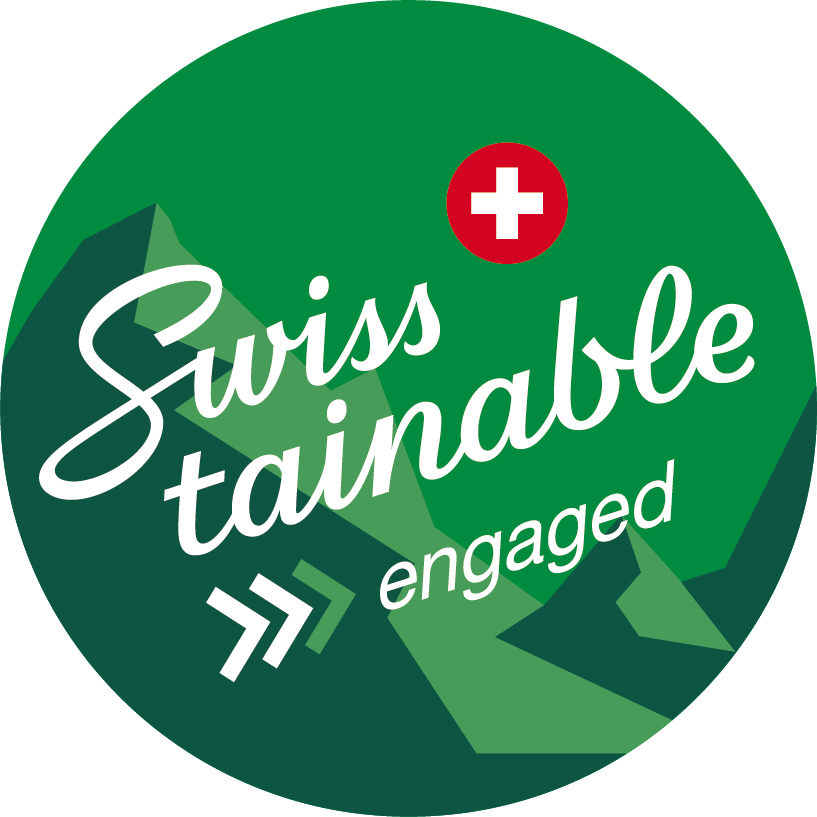The Cordeliers church possesses some true masterpieces, including Gothic altarpieces, stalls, paintings and sculptures. Everything has been recently restored.
The first construction of the Cordeliers church dates from 1281, when the Franciscans of Basel set up home in Fribourg to found a monastery, which quickly gained in importance. From the 15th century onwards, this vast church hosted the assemblies of the town's middle classes. Distinguished guests were often housed at the convent.
During this prosperous period, the church was enriched with works of art, including three renowned altarpieces. The altarpiece of the high altar is the largest medieval painting in Switzerland. Four painted carnations have been discovered, resembling an artist's signature. But this symbol is often found on paintings from the period, and may be used as a sign that the painter belonged to a trade association.
The incomplete altarpiece of Saint Anthony is signed and dated: Hans Fries, 1506. The "Furno" altarpiece, a true gem from 1513, is a gilded triptych in relief.
The current nave was rebuilt in the 18th century. Look up to admire this high, light-filled aisle: late baroque trompe-l'oeil decoration stands alongside Gothic keystones. In the cloisters, you'll discover 15th century paintings depicting six scenes from the life of the Virgin Mary, from around 1440, by Peter Maggenberg.
Cordelier is the name given to Franciscans, the monastic order whose members draw their inspiration from Saint Francis of Assisi (12th-13th century). In Fribourg, the monastery is now too large for the community. Some of the floors are used as student accommodation, and the cellars have been converted to preserve the archives in optimum conditions.
The Cordeliers are so-called because of the large "corde" or rope with three knots that they wear tied around their waist over their brown or grey habit. It symbolises their ideal of poverty.
Guided tours on request
Rue de Morat 6
1700 Fribourg
 2026 IIHF Ice Hockey World Championship
2026 IIHF Ice Hockey World Championship 



